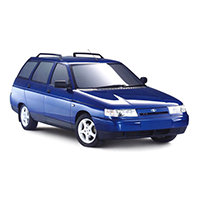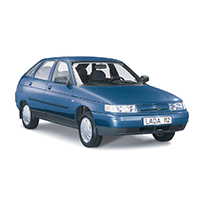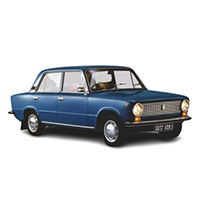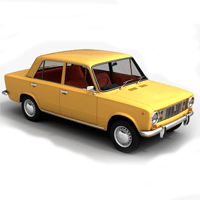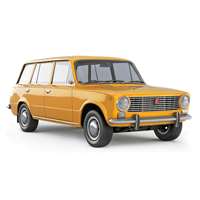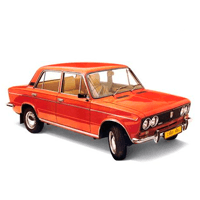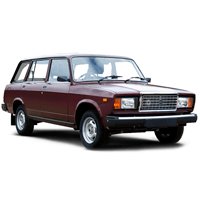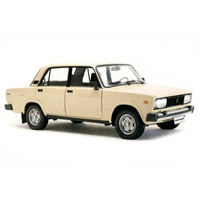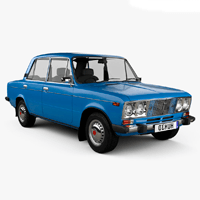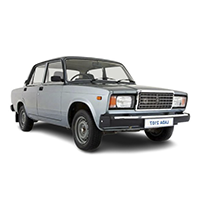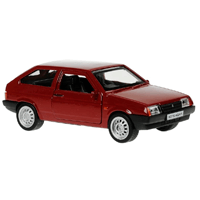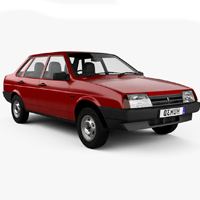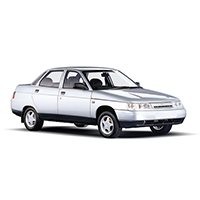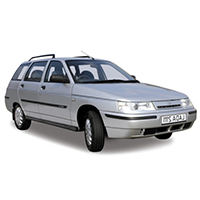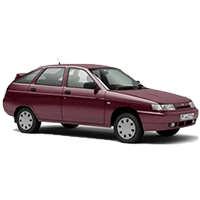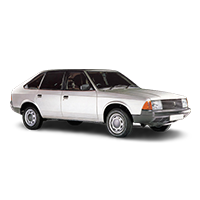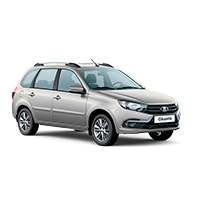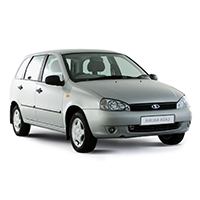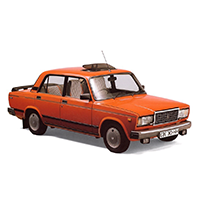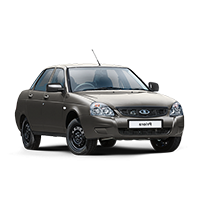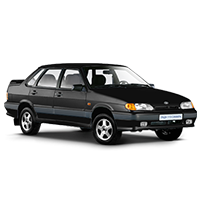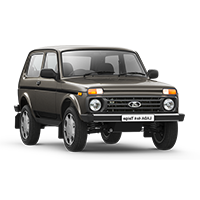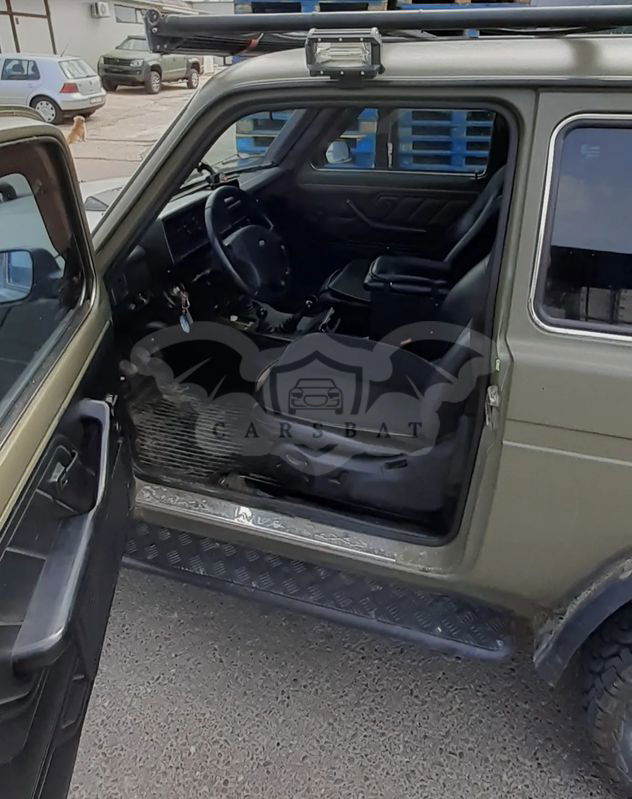
Catalog / Lada
Lada: From Soviet Icon to Modern Russian Automotive Force
Lada, the brand name of AvtoVAZ, has been an iconic part of the automotive landscape in Russia and Eastern Europe for over half a century. The history of Lada is deeply intertwined with the social and economic fabric of the Soviet Union and, later, the Russian Federation.
The story of Lada begins in the 1960s when the Soviet government decided to create a people's car, similar to what Volkswagen had done in Germany with the Beetle. The result was the VAZ-2101, launched in 1970, which was based on the Fiat 124 but modified for Soviet conditions with a more robust body, higher ground clearance, and a simplified, more reliable engine.
This car, affectionately known as the 'Zhiguli' in the Soviet Union and branded as 'Lada' for export markets, quickly became a symbol of Soviet automotive engineering. Its simplicity, durability, and ease of repair made it popular not just in the USSR but also in other Eastern Bloc countries and even in some Western markets looking for affordable transportation.
Throughout the 1970s and 1980s, Lada expanded its range with models like the VAZ-2103 (a more upscale version of the 2101), the VAZ-2106 (which became one of the most popular Lada models), and the VAZ-2105 (a modernized version of the original 2101). In 1977, Lada introduced the Niva (VAZ-2121), a rugged off-road vehicle that gained international recognition for its capabilities and affordability.
The collapse of the Soviet Union in 1991 brought significant challenges to Lada. The economic turmoil of the 1990s in Russia led to a decline in production quality and financial difficulties for the company. However, Lada's affordability and the familiarity of Russian consumers with the brand helped it maintain a significant market share in Russia.
In the late 1990s and early 2000s, Lada attempted to modernize its lineup with models like the 110, 111, and 112, which featured more contemporary designs. However, these cars still lagged behind Western competitors in terms of technology and quality.
A turning point came in 2008 when Renault acquired a stake in AvtoVAZ, gradually increasing its ownership over the years. This partnership brought much-needed investment and technological know-how to Lada. The first fruit of this collaboration was the Lada Granta, launched in 2011, which became Russia's bestselling car.
In 2015, Lada unveiled the Vesta, a completely new model developed under Renault-Nissan's guidance. The Vesta marked a significant step forward for Lada in terms of design, quality, and technology. It was followed by the XRAY, a crossover that further modernized Lada's image.
Today, Lada continues to be the market leader in Russia and has been working to expand its presence in international markets. The brand has been focusing on improving quality, modernizing its designs, and introducing new technologies while maintaining its core value proposition of affordability and reliability.
Recent years have seen Lada introduce updated versions of its popular models, including the new Niva, which maintains the rugged character of its predecessor while offering more modern amenities. The company has also been exploring alternative fuel vehicles, including natural gas-powered models, in response to growing environmental concerns.
Despite facing challenges, including economic sanctions affecting the Russian automotive industry and increased competition from foreign brands in its home market, Lada remains a significant player in the Russian automotive landscape. Its history as a symbol of Soviet and Russian engineering, combined with its efforts to modernize and adapt to changing market demands, ensures that Lada continues to be an important part of Russia's automotive story.

